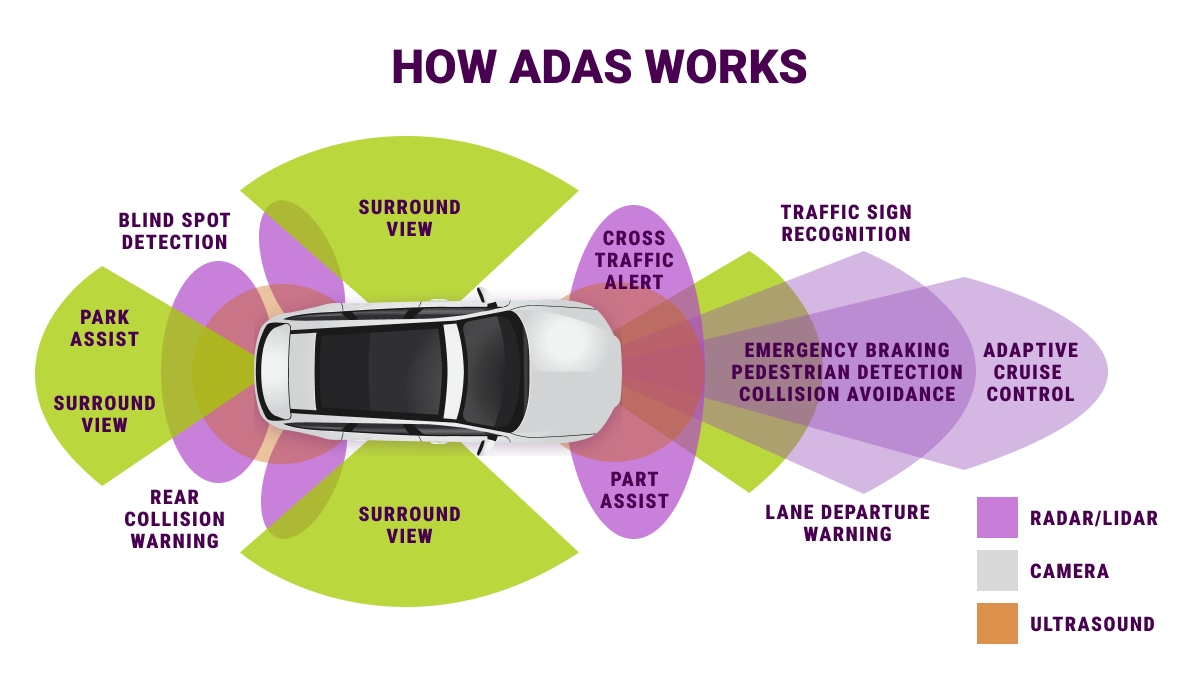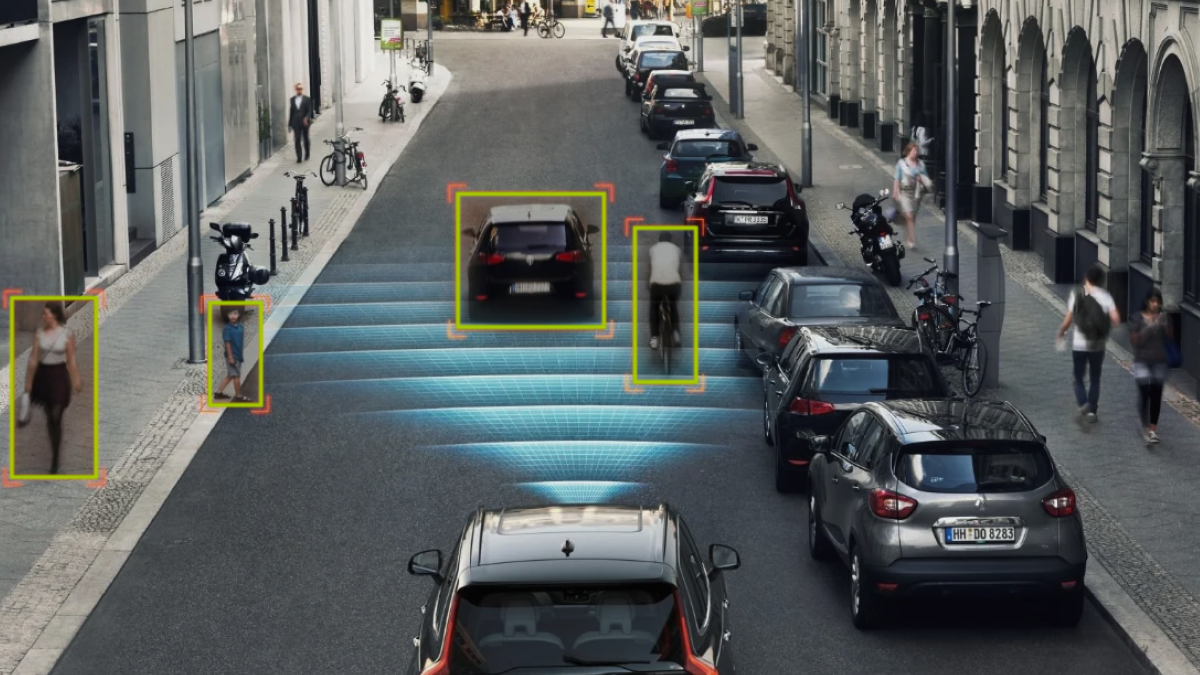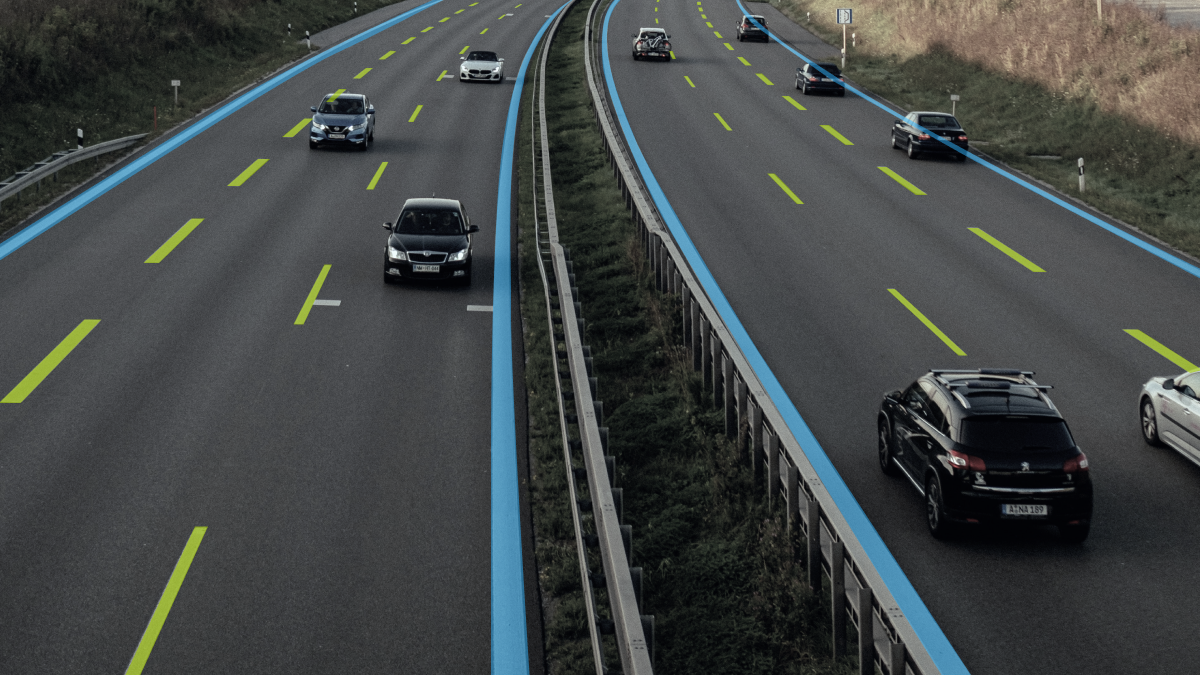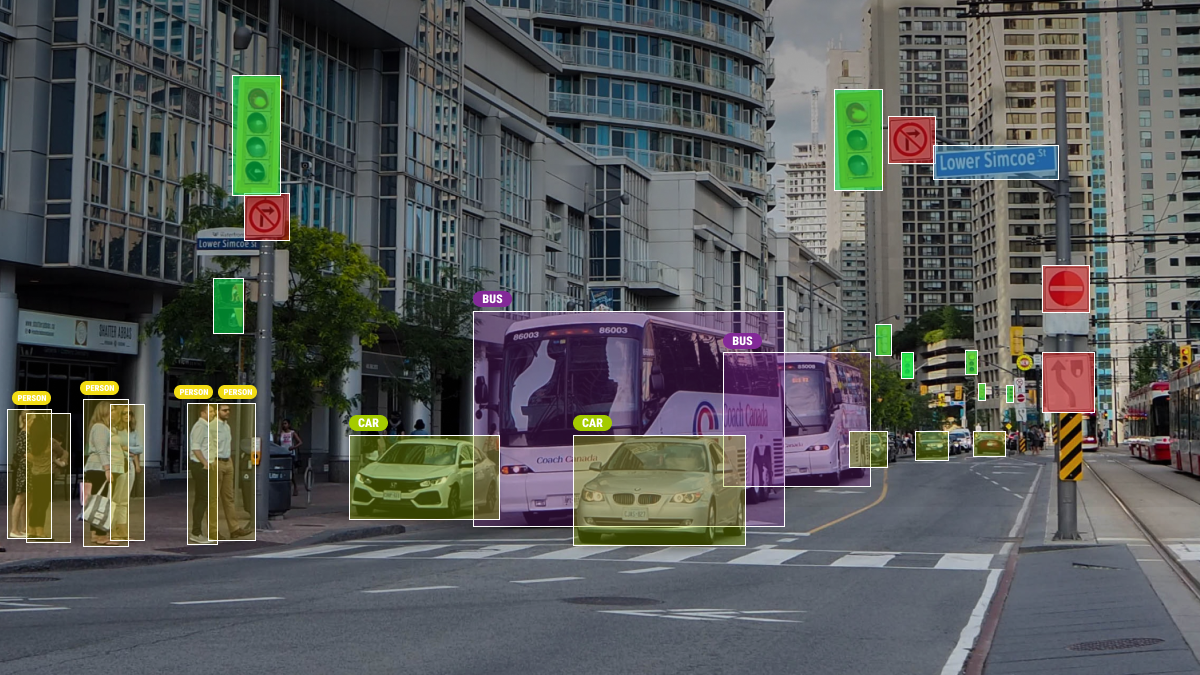AI-Powered ADAS Technology Can Reduce Car Accidents
The vast majority of auto mishaps are the result of human error, which is preventable with advanced driver assistance systems (ADAS). By lowering the number of auto accidents and the seriousness of those that cannot be avoided, ADAS serves to prevent fatalities and injuries. Thanks to AI, ADAS technology is evolving to provide an even greater level of safety. In this article, we will take a closer look at what ADAS is and the data annotation required to train these systems.
What is ADAS?

Modern technological advancements, like ADAS, are intended to make travel more secure. These systems use a human-machine interface to enhance the driver’s capacity to respond to hazards on the road when correctly designed. Through automated systems and early alert mechanisms, ADAS improves safety and response times to potentially save more lives. Some of these systems are built into specific vehicles as standard equipment, while others are available as aftermarket features or even complete systems that can be added later to customize the car for the driver.
Essential safety-critical ADAS applications include:
- Pedestrian detection/avoidance
- Lane departure warning/correction
- Traffic sign recognition
- Automatic emergency braking
- Blind spot detection
These lifesaving systems are key to the success of ADAS applications. They incorporate the latest interface standards and run multiple vision-based algorithms to support real-time multimedia, vision processing, and sensor fusion subsystems.
What are Some Applications of AI ADAS Technology?
The main use cases of AI ADAS in cars today include the following functionality:

Object detection – A pedestrian or any other obstacle in front of a vehicle can be detected as part of object detection. Techniques based on neural networks have become more popular for detecting each item. Deep neural networks enable features to be learned instantly from training examples, eliminating the need for manual coding for picture classification, detection, and recognition.

Lane detection – To make sure that drivers remain in their designated lane and avoid colliding with the car in another lane, lane detection is a technique for automatically detecting road markers. It has contributed to automated navigation. Because of this, precise lane detection enables the ADAS technology to make a variety of decisions and assessments about its environment and condition, ensuring safe operation.

Traffic sign detection and recognition – A serious traffic mishap can result from failing to see any traffic signs. The forward-facing cameras on traffic sign recognition devices are used to find on-road signs. This system recognizes the traffic signals and displays them on the infotainment system for the driver to view using real-time feeds from the front camera with image annotation, computer vision, and image recognition algorithms. The real-time traffic sign recognition devices assist motorists in observing traffic signals and regulations.
What Types of Data Annotation are Necessary to Train ADAS Technology?

When we look at the applications of ADAS we talked about in the previous section, we see that they rely on computer vision. Therefore, object detection capabilities require data annotation techniques ranging from simple labeling and 2D/3D bounding boxes to more advanced types like polygon annotation. This is a precise method of annotating where a collection of coordinates are drawn around an image. These coordinates are meant to surround a specific object in an image closely.The same types of data annotation would be used in traffic sign detection and recognition. Images of various traffic signs would need to be labeled accordingly, like “Stop,” “Yield,” etc. For more advanced recognition, text annotation might be necessary so that the AI system can read the text on the sign. Lane detection would require polyline annotation, which is a technique used to define linear structures in images and video. It uses small lines connected at vertices to trace the shape of structures like road markings, but it can also include liner objects like rail tracks and pipelines.
Trust Mindy Support With All of Your Data Annotation Needs
Mindy Support is a global provider of data annotation services and is trusted by Fortune 500 and GAFAM companies. With more than ten years of experience under our belt and offices and representatives in Cyprus, Poland, Romania, Bulgaria, India, OAE, and Ukraine, Mindy Support’s team now stands strong with 2000+ professionals helping companies with their most advanced data annotation challenges.





